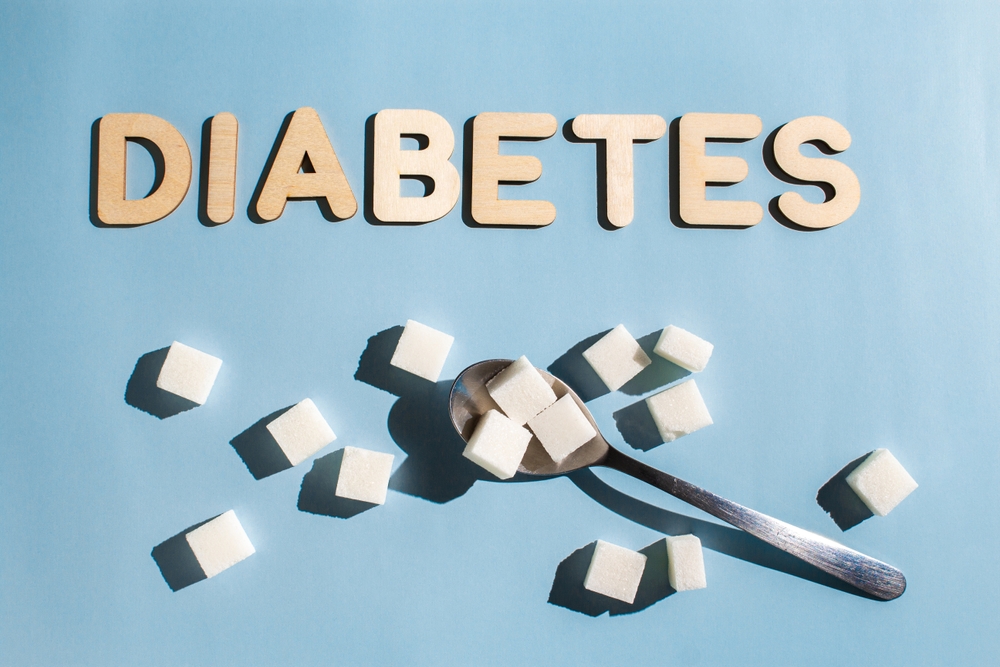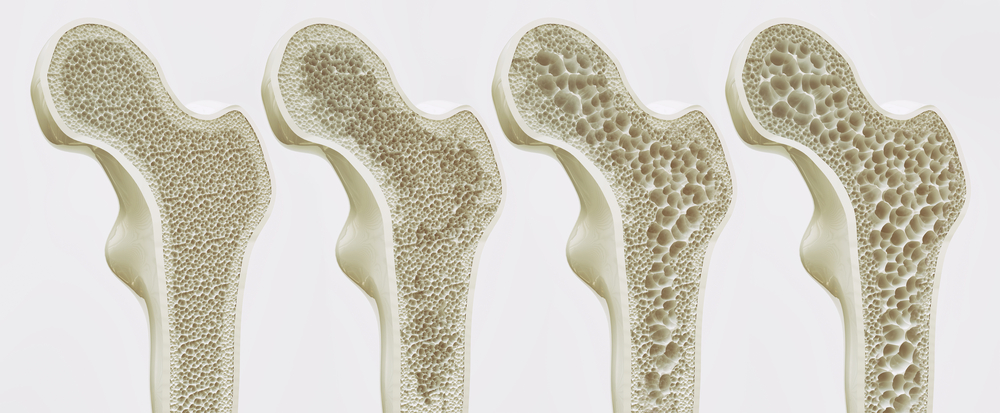Diabetes, also known as diabetes mellitus, is a long-term condition marked by high blood glucose (sugar) levels. There are two main types: type 1 and type 2. Type 1 diabetes occurs when the body doesn’t produce enough insulin. Meanwhile, type 2 happens when the body’s cells don’t respond effectively to the insulin produced. Insulin is a hormone released by the pancreas to regulate blood sugar levels.
Types of diabetes:
Around 10% of people with diabetes have type 1. It is typically diagnosed in children or adolescents but may not show symptoms until early adulthood. Type 1 diabetes is not preventable and results from an autoimmune reaction where the body attacks its own insulin-producing cells.
Type 2 diabetes affects nearly 90% of diabetics. Risk factors for developing type 2 include age, family history, lack of physical activity, heart disease, and obesity.
Common symptoms of diabetes include frequent urination, increased hunger and thirst, and weight loss. Complications can range from eye damage (retinopathy) to kidney damage (nephropathy), heart disease, and foot ulcers.
Diabetes can be diagnosed through tests like the fasting plasma glucose, casual plasma glucose, and oral glucose tolerance tests.
For type 1 diabetes, lifestyle changes include spreading meals 4-5 hours apart to manage caloric intake and exercising to enhance insulin sensitivity.
For type 2 diabetes, maintaining regular physical activity and adjusting the diet are key strategies to normalize insulin production and reduce resistance to insulin.
The Boom Health app allows you to manage your loved one’s home care in one app and takes the stress out of organizing care. Download the app on the App Store or Google Play Store.
This article is not intended to be a substitute for professional medical advice or diagnosis. Always seek the advice of your physician or another qualified health provider with any questions you may have regarding a medical condition.





